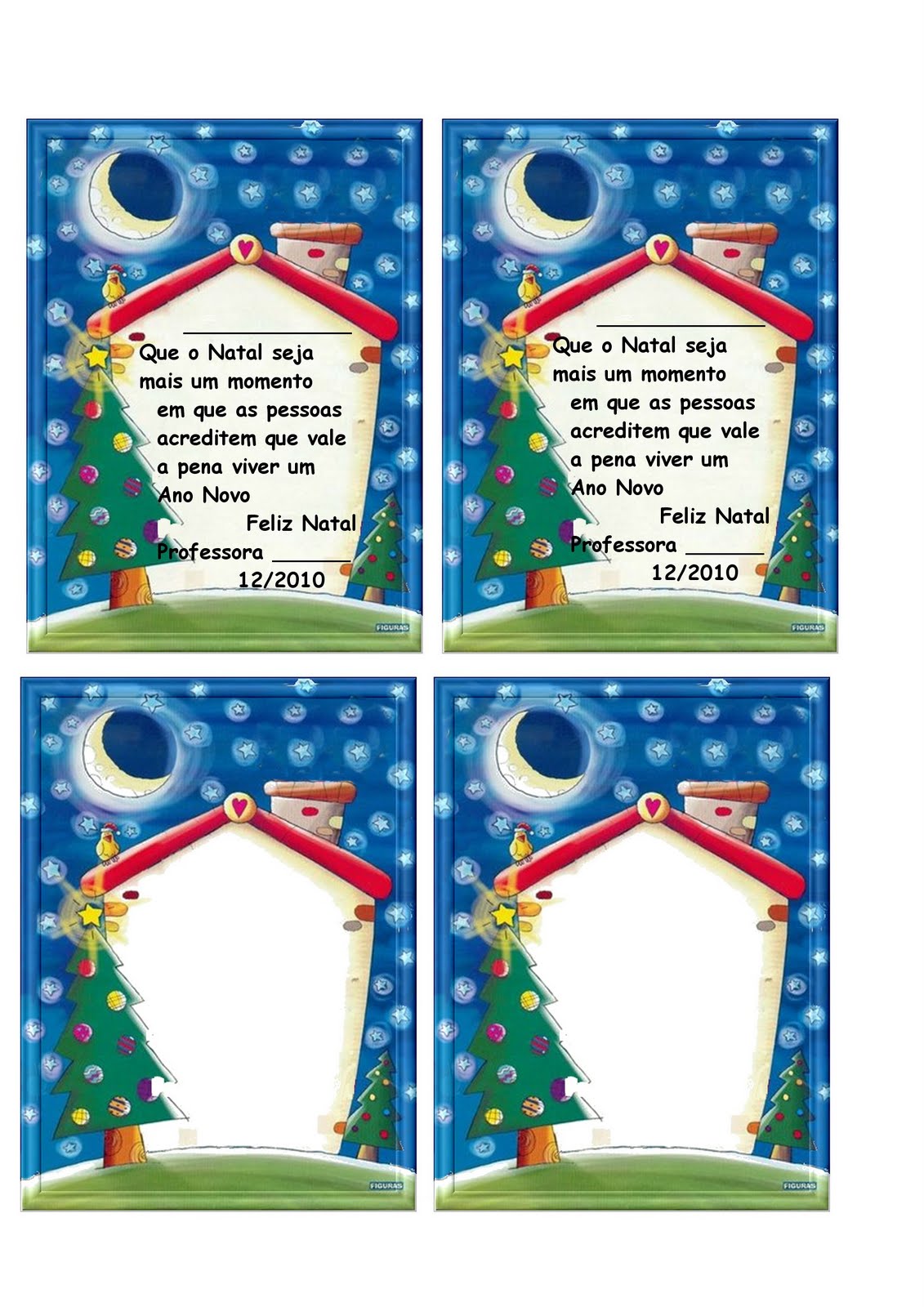Crafting Memorable End-of-Year Messages for Students
As the academic year draws to a close, educators often reflect on the journey shared with their students. A well-crafted end-of-year message can serve as a powerful tool to acknowledge achievements, offer encouragement, and inspire students for the future. It’s a moment to celebrate growth, resilience, and the unique bond formed between teacher and student.
These year-end student communications, whether a simple note or a more formal address, hold significant weight. They offer an opportunity to solidify positive relationships, instill a sense of accomplishment, and motivate students to continue their learning journey. The impact of these messages can resonate far beyond the classroom, shaping students' perceptions of their academic year and influencing their future endeavors.
The tradition of end-of-year messages to students is rooted in the desire to acknowledge the culmination of a period of learning and growth. From handwritten notes tucked into report cards to personalized emails and speeches at graduation ceremonies, these communications have evolved alongside educational practices. Their core purpose, however, remains the same: to express appreciation, offer encouragement, and inspire future success.
Effectively crafting these messages requires thoughtful consideration. A genuine and personalized approach resonates most deeply with students. Avoid generic platitudes and instead focus on specific accomplishments, observed growth, and individual strengths. Tailoring the message to each student demonstrates genuine care and reinforces the teacher-student connection.
One of the main challenges in writing impactful year-end messages is striking the right balance between celebration and forward-looking encouragement. While acknowledging accomplishments is crucial, it's equally important to inspire continued learning and growth. Encourage students to embrace future challenges, pursue their passions, and never stop learning. This balance creates a sense of closure while simultaneously igniting enthusiasm for what lies ahead.
Consider adding a personal anecdote or a shared memory to make the message more relatable and memorable. Mentioning a specific project, a classroom discussion, or a student's unique contribution can add depth and meaning to your words. This personalized touch can strengthen the bond between teacher and student and make the message more impactful.
Expressing gratitude for the opportunity to teach and learn alongside the students is another powerful element of a successful end-of-year message. Acknowledging the contributions of each student to the classroom community creates a sense of belonging and shared experience. This expression of gratitude reinforces the value of the teacher-student relationship and leaves a lasting positive impression.
A simple example of a year-end message could be: "Dear [Student Name], I've enjoyed watching you grow and learn this year. Your dedication to [Specific Subject/Skill] has been inspiring. I'm excited to see what you accomplish next year! Have a wonderful summer." This concise message acknowledges individual progress, expresses positive expectations, and offers a warm closing.
A benefit of delivering these messages is the boost to student morale. Receiving positive feedback and encouragement can significantly impact a student's self-esteem and motivation. This boost can carry over into the next academic year, fostering a positive attitude towards learning.
Another benefit is the strengthening of the teacher-student relationship. Personalized messages demonstrate care and create a sense of connection. This strengthened bond can contribute to a more positive and productive learning environment.
A third benefit is the inspiration for future success. Encouraging words from a respected teacher can motivate students to pursue their goals and embrace new challenges. This inspiration can have a profound impact on a student's academic and personal development.
Advantages and Disadvantages of End-of-Year Messages
| Advantages | Disadvantages |
|---|---|
| Boosts student morale and motivation | Can be time-consuming to personalize for each student |
| Strengthens teacher-student relationships | May not reach all students if communication channels are unreliable |
| Inspires future success and continued learning | Generic messages can feel impersonal and less impactful |
Frequently Asked Questions:
1. What should I include in an end-of-year message? - Focus on specific achievements, growth, and individual strengths.
2. How long should the message be? - Keep it concise and focused, avoiding unnecessary jargon.
3. Should I personalize each message? - Yes, personalization demonstrates genuine care and strengthens the connection.
4. What tone should I use? - Maintain a positive, encouraging, and supportive tone.
5. Can I use humor in my message? - Use humor judiciously, ensuring it's appropriate and respectful.
6. When should I send the message? - Ideally, send the message near the end of the academic year, before students depart for break.
7. What format should I use? - Choose a format appropriate for your school's communication channels (e.g., email, handwritten note, online platform).
8. How can I make the message memorable? - Include a personal anecdote, a shared memory, or a specific example of the student's contribution.
Tips and tricks: Be authentic, specific, and positive. Keep it concise and avoid clichés. Proofread carefully before sending.
In conclusion, crafting meaningful end-of-year messages for students is a valuable practice. These communications serve as a powerful tool to acknowledge achievements, express gratitude, and inspire continued learning. While it requires thoughtful consideration and effort to personalize messages, the benefits are substantial. A well-crafted message can boost student morale, strengthen the teacher-student connection, and inspire future success. By embracing this opportunity to connect with students on a personal level, educators can leave a lasting positive impact and foster a love of learning that extends far beyond the classroom walls. Take the time to craft your message with care and sincerity, and you'll create a memorable and impactful experience for your students as they embark on their next chapter. This small gesture can make a significant difference in their lives and reinforce the importance of the educational journey they've shared with you.
Navigating the labyrinth unveiling the essence of wing tais annual report
Unstacking the code understanding linear data structures stacks
Simple ways to make a difference cara cara menjaga alam sekitar














